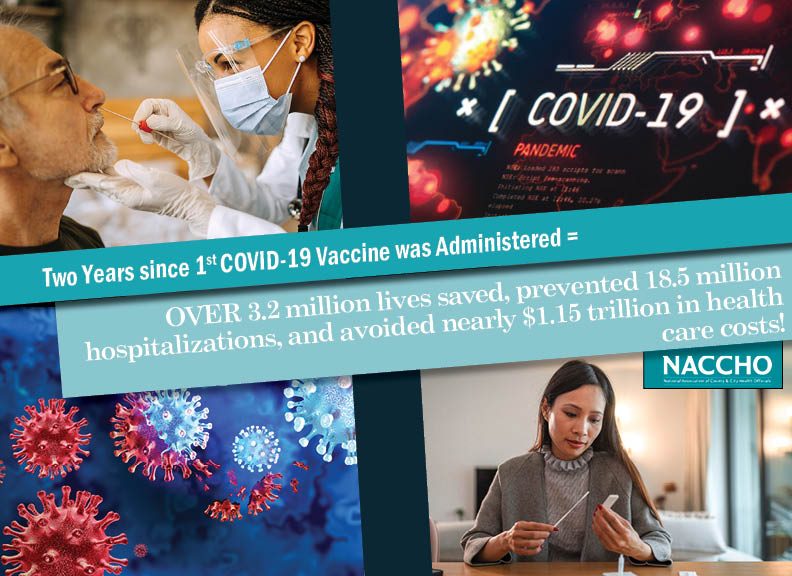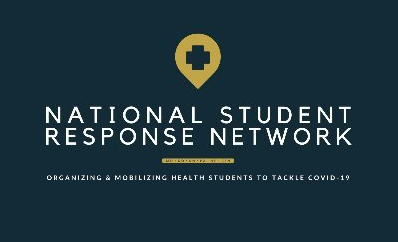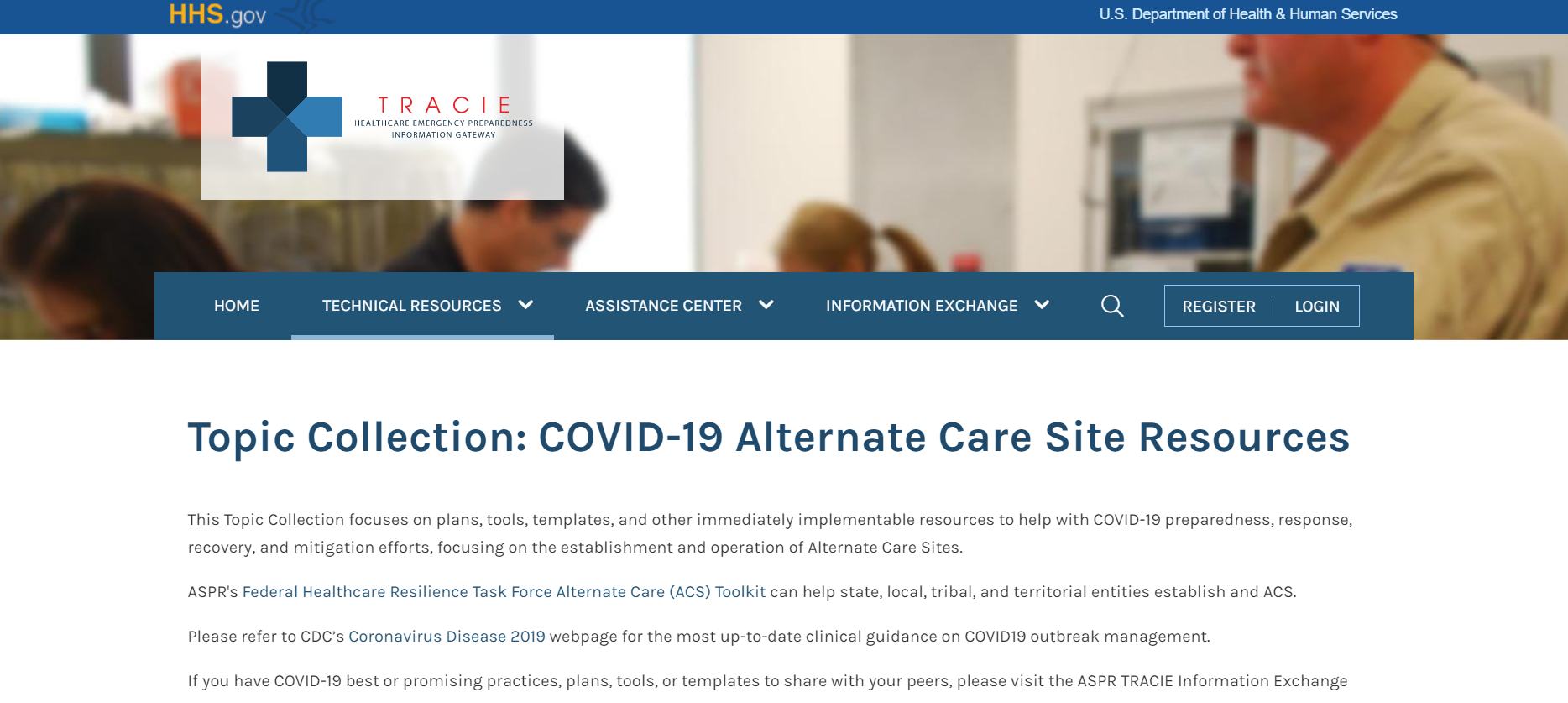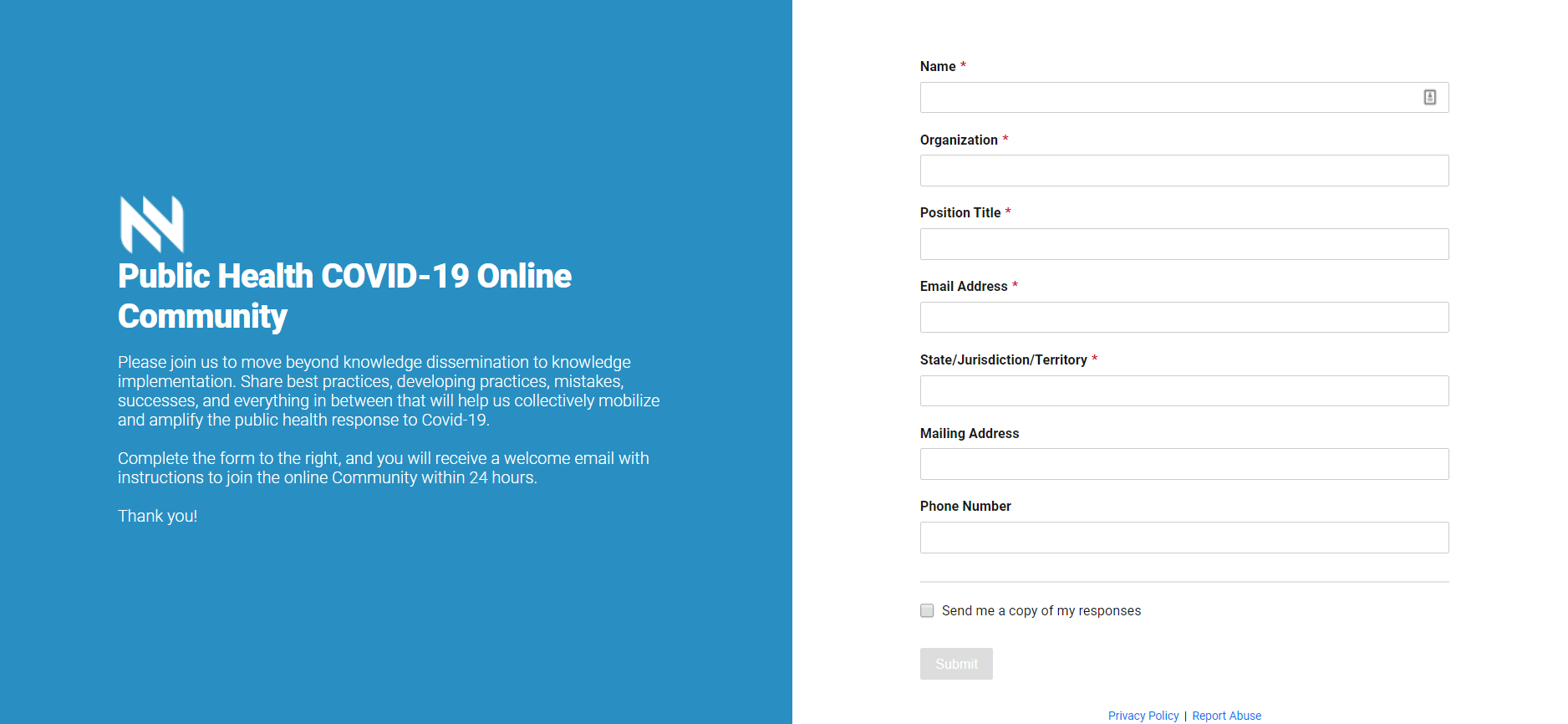Popular Categories
Andrew Roszak, NACCHO Senior Director, Honored with Pillars of Public Health Award
Andrew Roszak, Senior Director for Environmental Health, Pandemic Preparedness, and Catastrophic Response at NACCHO, has been selected...
Jan 05, 2015 | Katie Regan
New Evidence-Based Planning Guidance for Patient Decontamination Released
Every day large quantities of hazardous materials are made, transported, stored, and used in communities throughout the United States....
Dec 19, 2014 | Justin Snair
Strong Community Ties Strengthen National Health Security
By Pamela Barnes, MA, National Strategic Engagement Team Lead, Office of Policy and Planning, Division of Policy and Strategic...
Aug 29, 2014 | Guest Author
White House Introduces Climate Change Initiatives, including CDC Climate Change...
As part of the Obama Administration’s Climate Action Plan, the Task Force on Climate Preparedness and Resilience was established in...
Jul 17, 2014 | Erin Roberts
The Social Vulnerability Index
Every community must prepare for and respond to hazardous events, whether a natural disaster like a tornado or disease outbreak, or a...
Jun 11, 2014 | Admin
Challenges in Responding to the Elk River Chemical Spill: An Interview with Dr....
The Elk River, West Virginia chemical spill of Jan. 9, 2014 has been one of the most challenging environmental health emergencies to...
Apr 16, 2014 | Justin Snair
New Evidence-Based Planning Guidance for Patient Decontamination
A draft of the nation’s first evidence-based guidance for mass decontamination, called “Patient Decontamination in a Mass Chemical...
Apr 07, 2014 | Admin
WebWISER 4.5 Released
In January 2014, the National Library of Medicine announced that WebWISER 4.5 is now available. This new release integrates Chemical...
Jan 22, 2014 | Andy Roszak
The Hazmat Spill in West Virginia: What It Means for Local Public and Environmental...
A week after Freedom Industries leaked approximately 7,500 gallons of 4-methylcyclohexane methanol (MCHM) from a storage facility...
Jan 14, 2014 | Justin Snair
Andrew Roszak, NACCHO Senior Director, Honored with Pillars of Public Health AwardAndrew Roszak, Senior Director for Environmental Health, Pandemic Preparedness, and Catastrophic Response at NACCHO, has been selected to receive a 2015 “Pillars of Public Health Award” from the City of El Paso Department of Public Health. NACCHO congratulates Roszak on this honor. “The mission of NACCHO is to be a leader, partner, catalyst and voice […] Jan 05, 2015 | Katie Regan |
New Evidence-Based Planning Guidance for Patient Decontamination ReleasedEvery day large quantities of hazardous materials are made, transported, stored, and used in communities throughout the United States. With nearly 25 million people living near chemical facilities in the nation, many could be exposed to chemicals following a catastrophic incident. To protect health and save lives in such catastrophic incidents, first responders, medical providers, […] Dec 19, 2014 | Justin Snair |
Strong Community Ties Strengthen National Health SecurityBy Pamela Barnes, MA, National Strategic Engagement Team Lead, Office of Policy and Planning, Division of Policy and Strategic Planning, U.S. Department of Health and Human Services/Office of the Assistant Secretary for Preparedness and Response Every disaster holds the potential to impact health so this September, join the Office of the Assistant Secretary for Preparedness […] Aug 29, 2014 | Guest Author |
White House Introduces Climate Change Initiatives, including CDC Climate Change Health Vulnerability AssessmentAs part of the Obama Administration’s Climate Action Plan, the Task Force on Climate Preparedness and Resilience was established in November 2013 to provide guidance on how the federal government should respond to the impacts of climate change. In light of early feedback from the task force, the White House has introduced 12 actions that will […] Jul 17, 2014 | Erin Roberts |
The Social Vulnerability IndexEvery community must prepare for and respond to hazardous events, whether a natural disaster like a tornado or disease outbreak, or a human‐made event like a harmful chemical spill. A number of factors, including poverty, lack of access to transportation, and crowded housing may weaken a community’s ability to prevent human suffering and financial loss […] Jun 11, 2014 | Admin |
Challenges in Responding to the Elk River Chemical Spill: An Interview with Dr. Rahul GuptaThe Elk River, West Virginia chemical spill of Jan. 9, 2014 has been one of the most challenging environmental health emergencies to occur within the United States over the past decade, and it has garnered significant national attention over the course of the past three months. The event occurred when the Freedom Industries spill poured 10,000 […] Apr 16, 2014 | Justin Snair |
New Evidence-Based Planning Guidance for Patient DecontaminationA draft of the nation’s first evidence-based guidance for mass decontamination, called “Patient Decontamination in a Mass Chemical Exposure Incident: National Planning Guidance for Communities” is open for comment through May 19. A short summary of the guidance can be found here. Why guidance for patient decontamination? To respond effectively to an event that involves […] Apr 07, 2014 | Admin |
WebWISER 4.5 ReleasedIn January 2014, the National Library of Medicine announced that WebWISER 4.5 is now available. This new release integrates Chemical Hazards Emergency Medical Management (CHEMM) content and updates the Emergency Response Guidebook (ERG) content from 2012. WISER is a system designed to assist emergency responders in hazardous material incidents by providing a wide range of information on hazardous... Jan 22, 2014 | Andy Roszak |
The Hazmat Spill in West Virginia: What It Means for Local Public and Environmental HealthA week after Freedom Industries leaked approximately 7,500 gallons of 4-methylcyclohexane methanol (MCHM) from a storage facility along the Elk River near Charleston, West Virginia, questions have emerged over whether state and federal regulations were adequate enough to prevent the spill. Reports[i] indicate that the facility has not been subject to a federal inspection in over 20 years […] Jan 14, 2014 | Justin Snair |

Subscribe Today
Sign Up for the E-mail Digests
Create an account or login to MyNACCHO and go to "My Subscriptions."
SUBSCRIBE NOW



